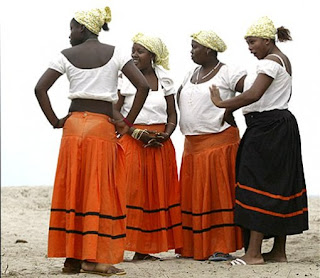Honduras culture people food and festivals
Honduras History, Language and Culture
History of Honduras
The Maya civilisation reached modern-day Honduras around AD 500, and dominated the region for the next 300 years, after which several different local ethnic groups took their place.
Contact with Europeans began soon after Christopher Columbus landed in 1502 and during the early 1520s the region was subjugated by a variety of conquistador expeditions, each of which laid claim to a part of it. Only after the discovery of gold and silver deposits in the 1540s was some order imposed on the region.
Once the deposits were exhausted at the end of the 16th century, Honduras became a colonial backwater and remained so until the collapse of the Spanish Empire in the Americas in the early-19th century. During the early 20th century, Honduras was governed by a series of caudillos, notably President Tiburcio Carias Andino who dominated the country during the 1930s and 1940s.
While the peaceful environment that Carias Andino created allowed for social and economic progress, this was at the price of serious internal repression and kowtowing to powerful foreign interests. From the late 1950s onwards, weak civilian governments prompted the army to assume a greater role, launching several coups.
Culture
Honduras has a diverse mix of people, thereby providing the country with an interesting variety of culture. Around 90 percent of the population is “Mestizo” (a mix of European and Latin American descent), and since it was a former Spanish colony, Roman Catholicism is still widely practiced. Minority ethnic groups comprise about six percent of the population, and where the communities are prevalent the culture is strong, such as the indigenous “Lenca” who have about 300,000 people living in the southwest region. Interestingly, there are two ethnic minority groups who are growing stronger in the country: the Garifuna and the Miskitos. Both of these are unique in that they can trace their roots to one specific event in history, when the survivors of an African slave ship mixed with the indigenous population during the early colonial era. Both groups live on the north and west coastal regions.
More generally, the north coast, the “mosquito” coast and the Bay Islands have a culture that is more similar to the Caribbean islands than traditional Latin America. The British and North American traders has influenced these areas, and you will hear English spoken just as much as Spanish. The Bay Islands has a mostly English speaking population (although the official language of Honduras is Spanish)
The Culture Of Honduras is affected by the poverty line which is almost near to 80% and this has a bad impact on the country. Family bondage is seen in the Honduras Culture and almost 15% of the population of the country lives abroad mainly in U.S.A. Women right movement is seen largely and women are constantly fighting for the right to work with the men.
Football is the choice of Honduras people and they enjoy playing the game and its affects the Honduras Culture a lot in sporty activities. Honduras national soccer team is the international team of the country and it has given some outstanding performances. Cuisine of Honduras consists of Plantains, bread, tortillas and rice and sea food like lobster and crab are also used.




















No comments:
Post a Comment